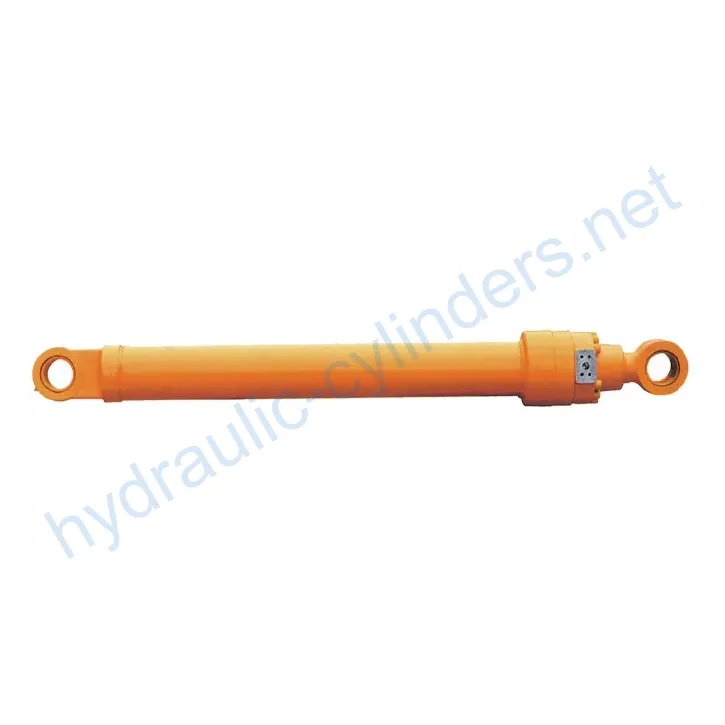Boom Cylinder For Bonny WZT46-7/45-7
As one of the hydraulic cylinders manufacturers, suppliers, and exporters of mechanical products, We offer hydraulic cylinders and many other products.
Please get in touch with us for details.
Mail:sales@hydraulic-cylinders.net
Manufacturer supplier exporter of hydraulic cylinders.
Boom Cylinder For Bonny WZT46-7/45-7
Introduction to Boom Cylinders
A boom cylinder is a type of hydraulic cylinder specifically designed to control the movement of buckets in various heavy machinery, such as excavators, backhoe loaders, and front-end loaders. These cylinders enable the bucket to lift, lower, and tilt, facilitating material handling tasks. The boom cylinder plays a crucial role in hydraulic systems, providing the necessary power and precision required for efficient operation in construction and agricultural applications.
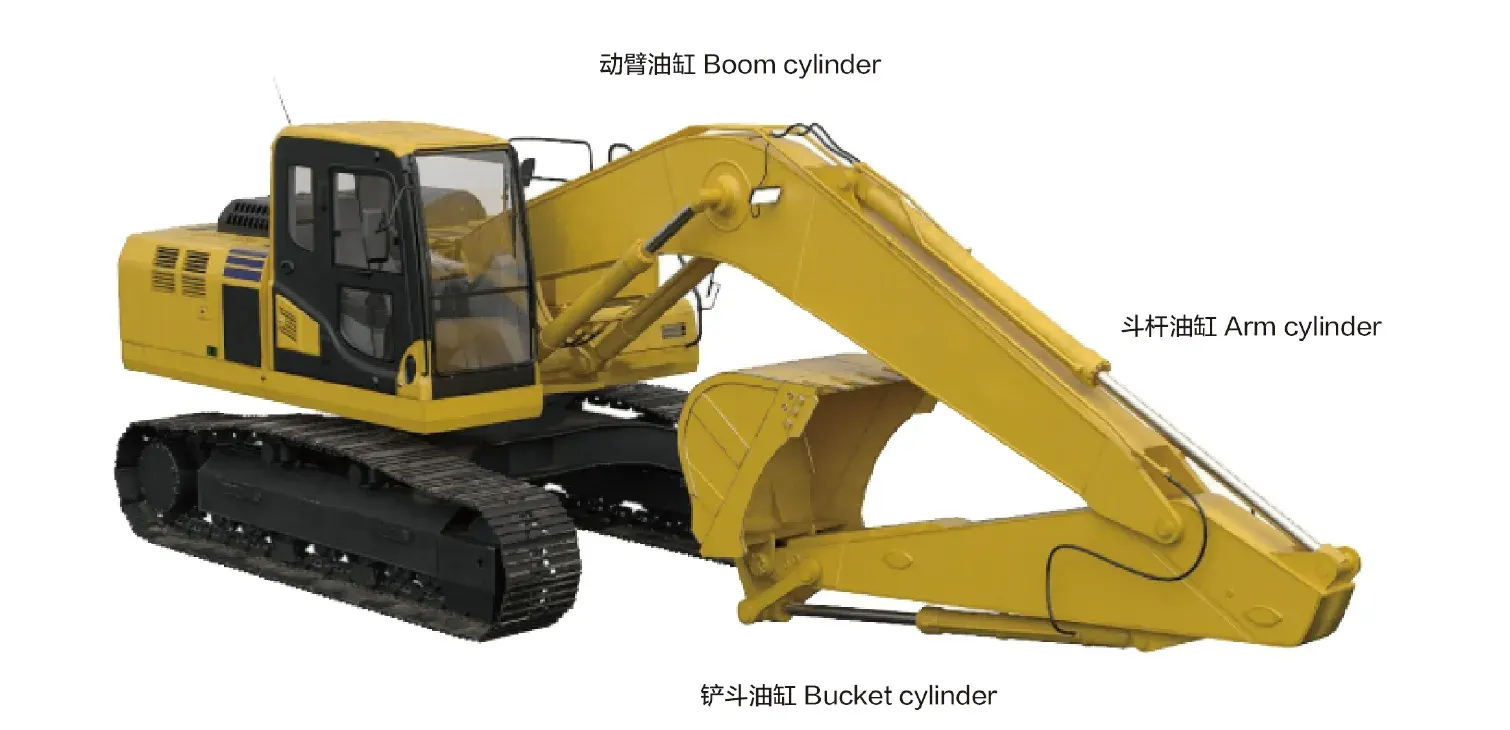
Features of Boom Cylinder
-
High Strength and Durability
Constructed from high-strength steel or aluminum, these cylinders can withstand high pressure and heavy loads, making them suitable for harsh work environments. They are designed with wear resistance and corrosion resistance in mind, extending their lifespan.
-
Efficient Hydraulic Operation
By utilizing hydraulic oil pressure, boom cylinders achieve smooth extension and retraction motions, providing rapid response to control commands and delivering strong push-pull force, ideal for handling heavy objects and complex tasks.
-
Diverse Types
Available in single-acting (operating in one direction) or double-acting (operating in both directions) configurations to meet different operational needs; some models are telescopic, allowing greater extension without increasing external dimensions, perfect for space-limited applications.
Our products can perfectly replace these hydraulic cylinders.
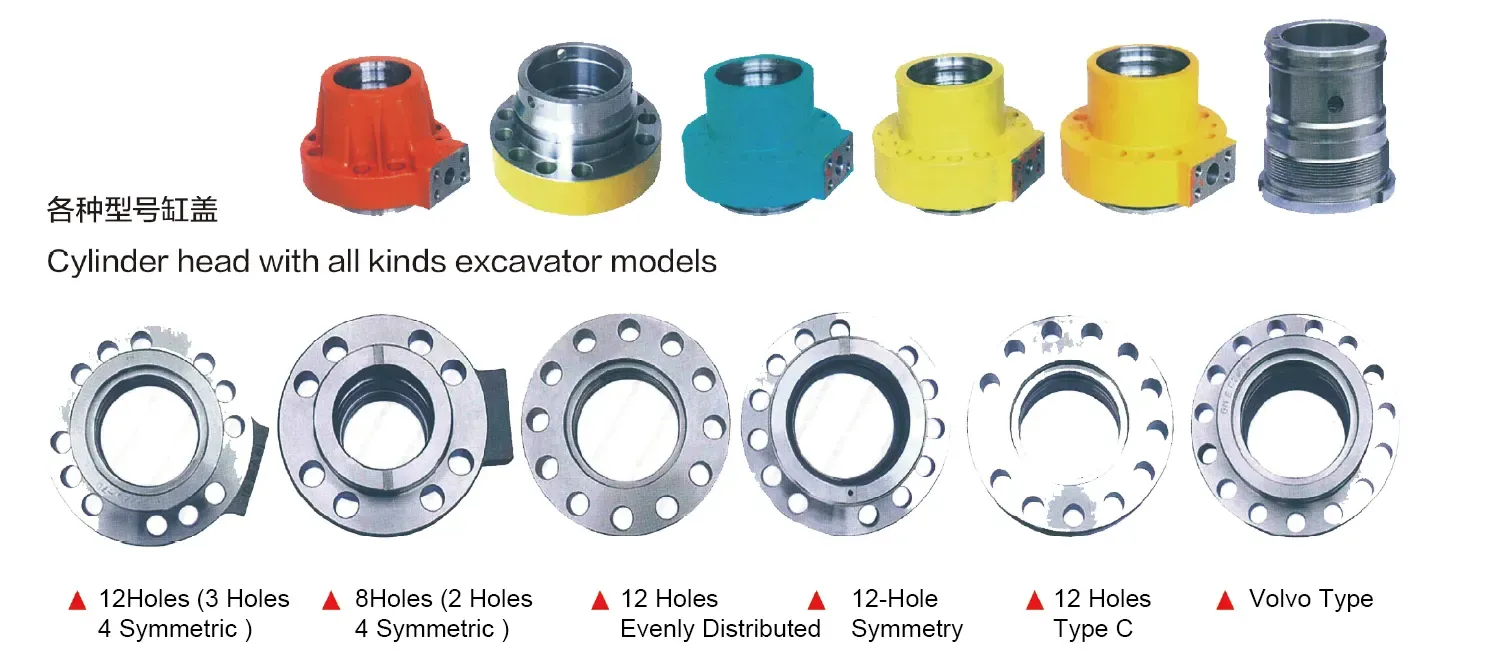
Applications of Boom Cylinders
-
Construction Equipment
In excavators, boom cylinders are crucial for digging, loading, and moving dirt or debris. They provide the necessary force to penetrate the ground and lift materials efficiently. In backhoe loaders, they assist in both digging and lifting operations, making them versatile in construction tasks.
-
Agricultural Machinery
Used in front-end loaders, these cylinders facilitate the scooping, lifting, and transporting of soil, hay, and other materials. The boom cylinder’s ability to provide strong lifting capability ensures that agricultural tasks are executed smoothly and efficiently.
Design Considerations and Selection Criteria
-
Load Capacity
It is vital to select a boom cylinder that can handle the specific load requirements of the machinery it will be used in. The cylinder’s load capacity should be tested under various conditions to ensure it meets operational demands.
-
Sealing Performance
Effective sealing is essential to prevent hydraulic fluid leaks, which can compromise the cylinder’s efficiency and safety. High-quality sealing materials and designs should be utilized to maintain integrity under pressure.
-
Durability
Choosing materials that resist wear and corrosion will prolong the cylinder’s life. Regular assessments of the cylinder’s condition can help in identifying potential issues before they lead to failures.
-
Safety Features
Incorporating safety features such as overload protection and emergency release mechanisms enhances operational safety. Operators should ensure that these features are functional and regularly maintained.
-
Maintenance Accessibility
Designing cylinders for easy maintenance, including lubrication and sealing replacements, ensures that they remain operational with minimal downtime. This includes considering access points for servicing.
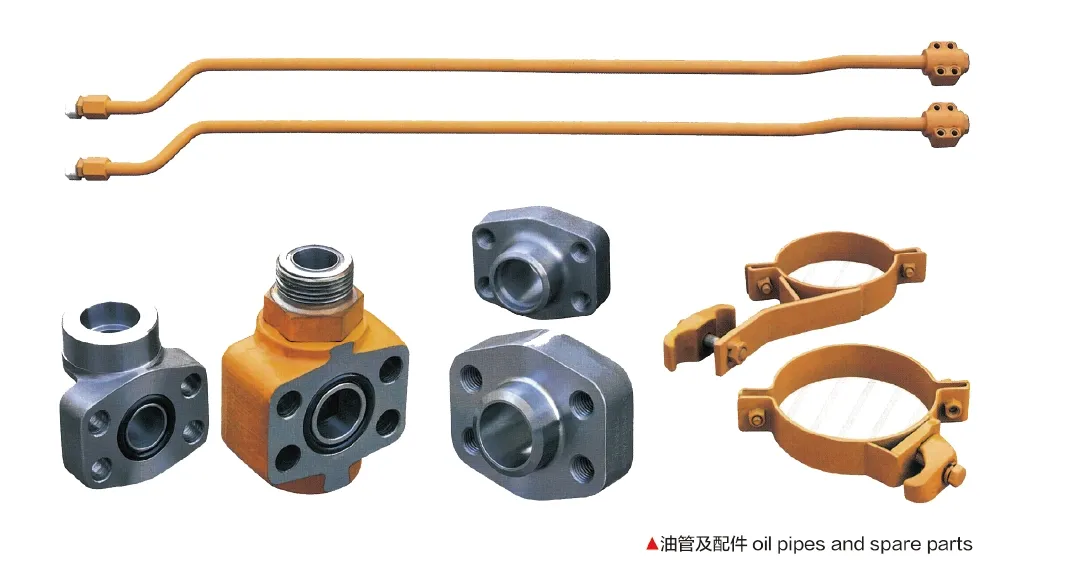
Sealing and Lubrication
Utilizing various sealing components such as piston seals and rod seals is essential for maintaining hydraulic efficiency. Seals made from materials like polyurethane and nitrile rubber ensure durability against wear and tear. The cylinder body and threaded ends should undergo fine processing to enhance wear resistance. Regular lubrication with hydraulic oil is necessary to maintain smooth operation and prevent premature wear.
Preventive Maintenance Measures
-
Regular Inspections
Conducting periodic inspections of the boom cylinder helps in identifying wear patterns, leaks, or other potential issues before they escalate into significant problems. Operators should document these inspections for future reference.
-
Proper Lubrication
Ensuring that lubrication is adequate and timely is critical for the performance of the boom cylinder. Operators should follow manufacturer guidelines for lubrication intervals and methods to maximize efficiency.
-
Seal Replacement
Regularly checking and replacing seals is vital to prevent hydraulic fluid leaks. Operators should familiarize themselves with signs of seal degradation, such as decreased performance or visible leaks.
Installation Guidelines
When installing a boom cylinder, it’s essential to follow these steps: First, ensure that the workspace is clean and free of debris. Align the cylinder properly with the machinery’s mounting points, using appropriate mounting brackets to secure it. Carefully torque the bolts to the manufacturer’s specifications, ensuring a snug fit without over-torquing, as this can damage the cylinder. Finally, double-check alignment and operational functionality before engaging the system in use.
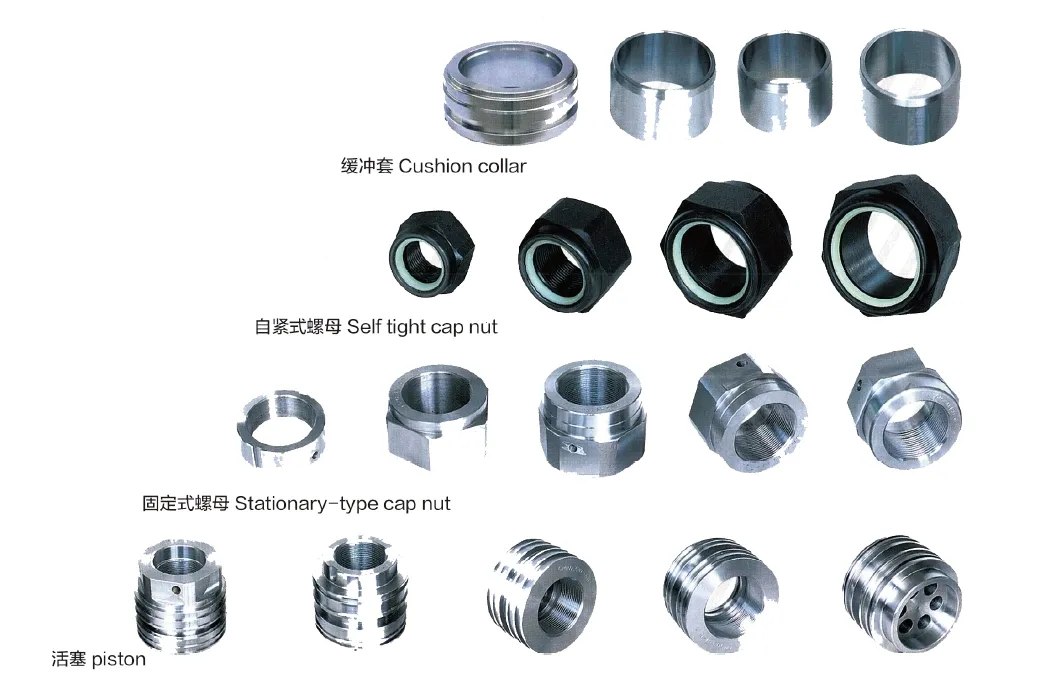
Safety Considerations and Environmental Factors
Safety measures are paramount when operating hydraulic systems. Operators should be trained in recognizing the potential hazards associated with hydraulic cylinders, including the risk of sudden ruptures or leaks. Implementing safety protocols and using personal protective equipment (PPE) can minimize risks. Additionally, environmental factors such as proper disposal of hydraulic fluids and recycling of old components should be considered to reduce environmental impact.
Fault Diagnosis and Common Issues
-
Leakage
Hydraulic fluid leaks can originate from worn seals or damaged fittings. Regular inspections can help detect leaks early, allowing for timely repairs.
-
Inconsistent Performance
Inconsistent movement or performance issues may indicate problems with hydraulic pressure, requiring a check of the hydraulic fluid levels and pump functionality.
-
Physical Damage
Physical damage to the cylinder can occur from impacts or excessive loads. Operators should inspect the cylinder regularly for signs of damage and take corrective actions as needed.
Troubleshooting Tips
To effectively diagnose and resolve issues, operators should keep a log of performance anomalies and maintenance history. This information can assist in identifying patterns that lead to recurring issues. Regular training on troubleshooting procedures can empower operators to tackle problems proactively. Implementing a preventive maintenance schedule will also help mitigate potential failures before they occur.
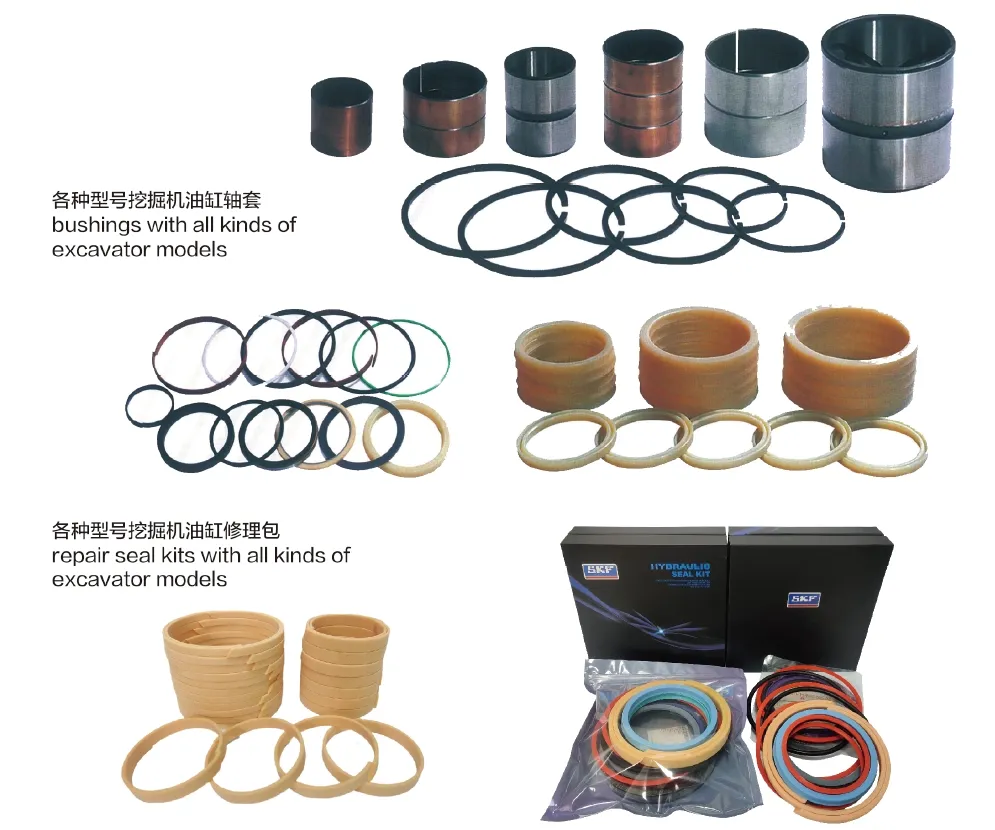
Company Overview
We are a manufacturer of replacement hydraulic cylinders, recognized as one of the leading manufacturers and wholesale distributors in both domestic and international markets. Our company adheres to excellence in quality, leveraging refined manufacturing workshop strategies to improve production management. With a focus on skilled personnel, advanced digital manufacturing equipment, and specialized testing systems, we continually enhance our manufacturing platforms. Our commitment to efficiency, precision, and quality enables us to meet diverse customer demands effectively.
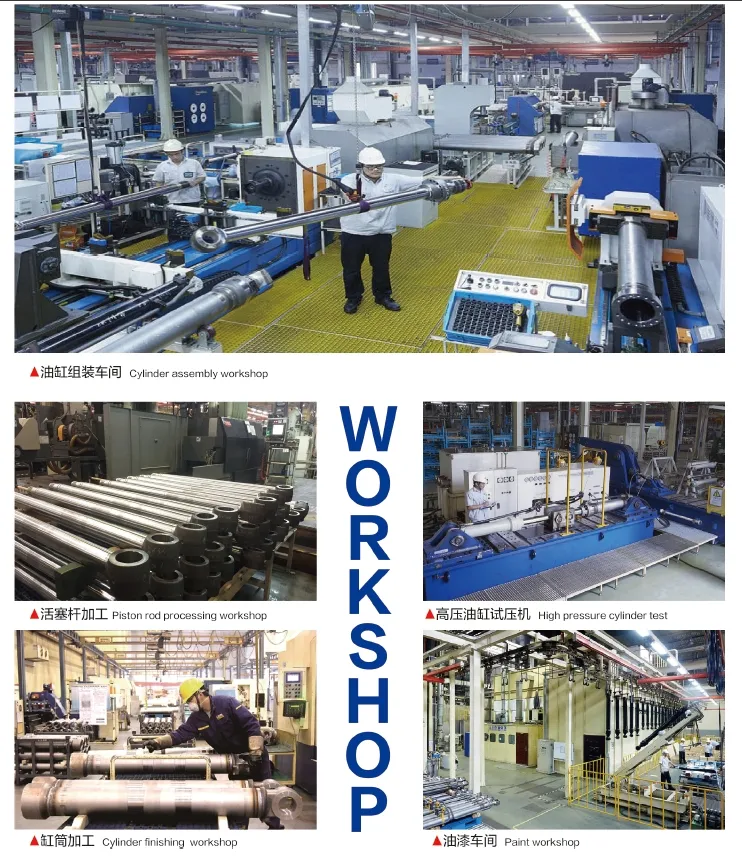
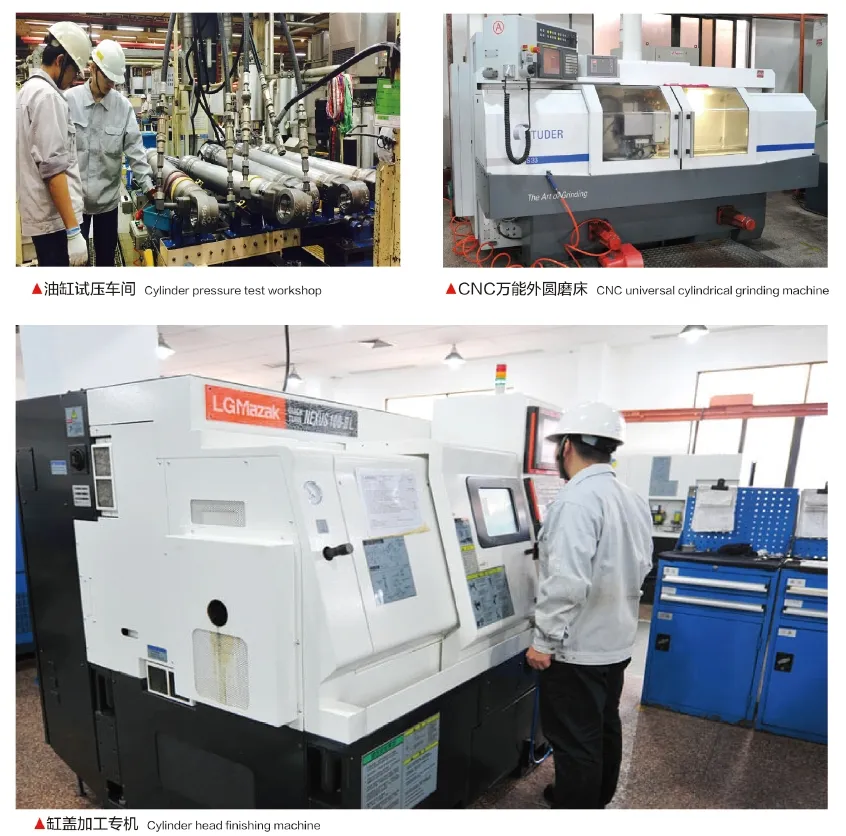
Author: lyl
Take a Tour of Our VR Factory:
Take a tour of our VR factory with the following
Hydraulic Cylinder Application:


